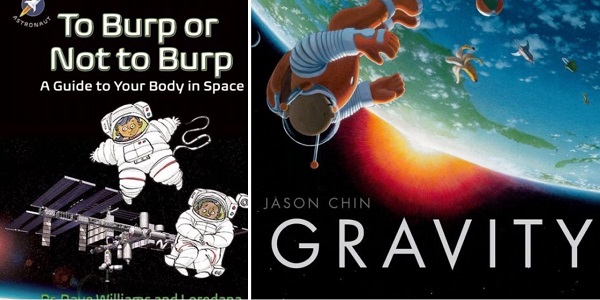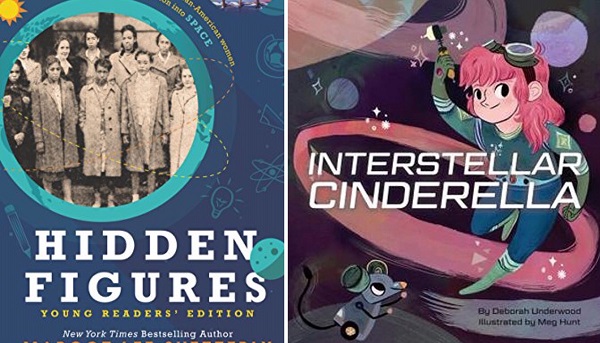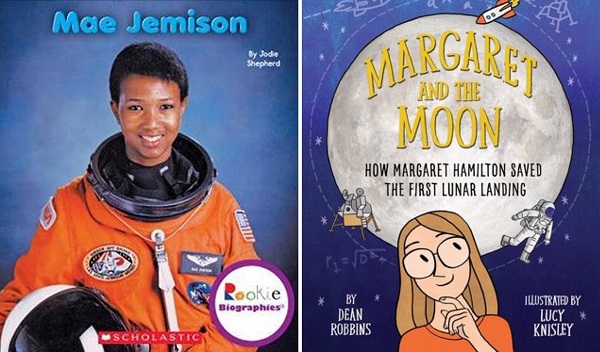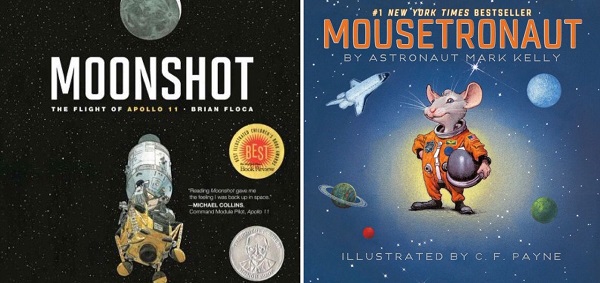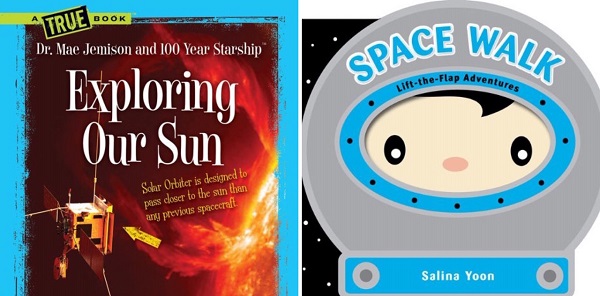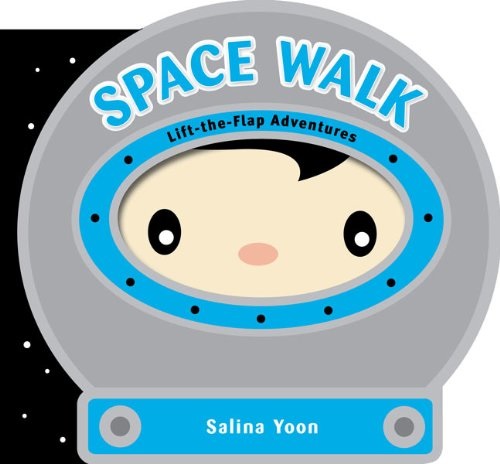
10 STEM books on space to test your kid’s outer limits
Space exploration has been headlining the news internationally, sparking even more interest in local space-related events for kids. “Destination Moon” at Heinz History Center (through Feb. 18) sparks imaginations in kids and grandparents. Sky Shows and Space Station replicas at Carnegie Science Center entertain and educate with cool programming and exhibits. (See more activities in Kidburgh’s story on exploring space in Pittsburgh.)
No surprise then that the children’s department librarians at Carnegie Library of Pittsburgh include space as one of the subjects in their STEM: Super Science booklists. These booklists keep a child’s interest with engaging stories guaranteed to promote curiosity. Other subjects include backyard bugs, architecture and fashion design.
The books on space listed here are just as appealing to adults as little learners. Bedtime under the stars is the best story time of all.
“To Burp or Not to Burp: A Guide to Your Body in Space,” by Dave Williams. Explores how the human body behaves in zero gravity, answering questions about how astronauts go to the bathroom, why they grow taller, and why burping is risky in space.
“Gravity: A Neal Porter Book,” by Jason Chin. What keeps objects from floating out of your hand? What if your feet drifted away from the ground? What stops everything from floating into space? It’s gravity, the invisible force that causes objects to attract each other. Here the author has taken a complex subject and made it brilliantly accessible to young readers in this unusual, innovative, and very beautiful book.
“Hidden Figures: Young Readers’ Edition: The Untold True Story Of Four African-American Women Who Helped Launch Our Nation Into Space,” by Margot Lee Shetterly. Explore the previously uncelebrated but pivotal contributions of NASA’s African-American women mathematicians to America’s space program and how Jim Crow laws segregated them from their white counterparts despite their groundbreaking successes.
“Interstellar Cinderella,” by Deborah Underwood. In this rhyming outer space adaptation of the fairy tale, Cinderella dreams of becoming a spaceship mechanic.
“Mae Jemison,” by Jodie Shepherd. Looking for a STEM role model for a young girl? Read this biography of Mae Jemison, the first female African-American astronaut.
“Margaret and the Moon: How Margaret Hamilton Saved the First Lunar Landing,” by Dean Robbins. Introduces the woman mathematician whose childhood love of numbers led to her prestigious education and contributions at NASA while explaining how her handwritten codes proved essential throughout numerous space missions.
“Moonshot: The Flight of Apollo 11,” by Brian Floca. Here is the story of the Apollo 11 mission to the Moon — a story of leaving and returning during the summer of 1969, and a story of Earth seen in its entirety from far away by these astronauts. Love the story? Catch the stage version of “Moon Shot” on Jan. 18 and 19 at the Byham Theater.
“Mousetronaut: Based on a (Partially) True Story,” by Mark Kelly. A small but plucky mouse named Meteor is sure that he can help the Space Shuttle astronauts and ends up saving the whole mission. Includes facts about NASA and space travel.
“Exploring the Sun,” by Mae Jemison. In 1992, Dr. Mae Jemison made history by spending eight days in Earth’s orbit, making her the first black woman ever to visit space. Twenty years later, Dr. Jemison is pushing space travel forward again with her 100 Year Starship Foundation. In this new True Book series, she guides readers on a tour of our solar system and explains how astronomers have used technology to discover new stars and planets.
“Space Walk: Lift-the-Flap Adventures,” by Salina Yoon. Readers are introduced to the planets as they blast off into space on a mission around the solar system.
